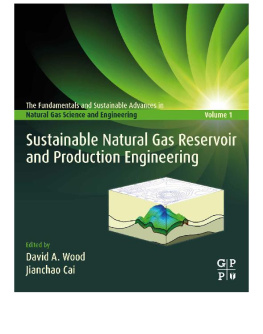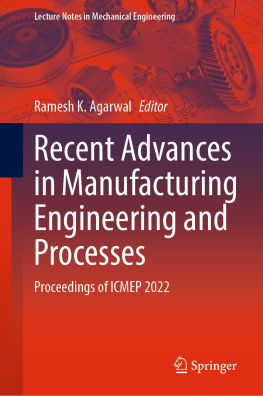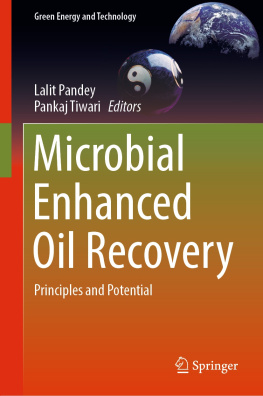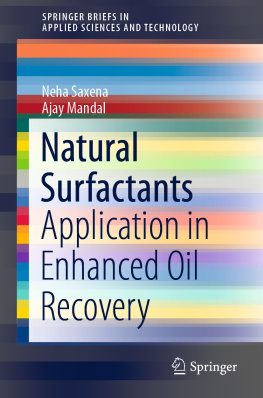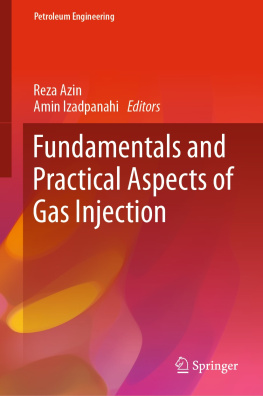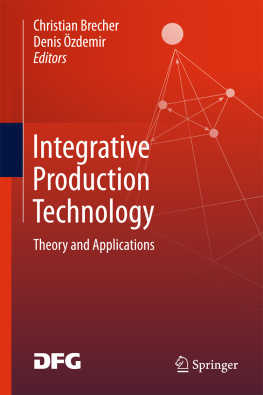Waterless fracturing techniques have been recognized as a sustainable solution to minimize the environmental footprint and efficiently develop unconventional natural gas resources. Supercritical CO2 (SC-CO2) and liquid nitrogen are two practical fluids to conduct waterless fracturing. The fracturing mechanics imposed by SC-CO2 and liquid nitrogen are fundamental to understanding their impacts on fracture propagation behaviors. This chapter reviews a series of fracturing mechanics tests and triaxial fracturing system from microscale to macroscale. Grid nanoindentation and Atomic Force Microscopy combined with SEM and EDS were used to characterize the impacts of SC-CO2 and liquid nitrogen on mechanical properties in microscale. The macro mechanical properties of unconventional rock imposed by SC-CO2 and liquid nitrogen were evaluated through in-situ compression and shearing tests. The triaxial fracturing system with capacity to pump SC-CO2 and liquid nitrogen was developed. Acoustic emission and CT images were used to detect the fracture profiles and real time fracture propagation. The experimental setup, procedures, and the requirements of rock specimens are comprehensively described.
Waterless fracturing techniques have been recognized as a potential sustainable solution to minimize the environmental footprint and efficiently develop unconventional natural gas resources. Hydraulic fracturing related rock mechanics and fractures initiation and propagation behaviors are fundamentals to optimize the waterless fracturing design. This chapter focuses on advances of the fracturing mechanics tests and triaxial fracturing system from microscale to macroscale. The microscale mechanics, triaxial fracturing tests, and monitoring approaches were present. In addition, the experimental setup, procedures, and the requirements of rock specimens were comprehensively described.
Keywords
Hydraulic fracturing; Triaxial testing; Direct shearing; Nanoindentation; Supercritical CO2; Liquid nitrogen; Imaging
Contents
Nomenclature
E Young's modulus, GPa
E r reduced Young's modulus, GPa
E i Young's modulus of the probe, GPa
Poisson's ratio, unitless
i Poisson's ratio of the probe, unitless
P max maximum load on sample, mN
h displacement into surface, nm
S contact stiffness, mN/nm
A c projected contact area between the probe and the sample surface, nm2
h max maximum displacement, nm
h r residual displacement, nm
i arithmetic mean of all values for phase i , unitless
i standard deviation, unitless
f i surface friction occupied by phase i , unitless
ij posterior probability that point x i belongs in phase j , unitless
F interaction force between probe and sample, nN
R tip radius, nm
x sample deformation, nm
F a adhesion force, nN
E s Young's modulus of sample, GPa
E tip Young's modulus of the tip, GPa
v tip Poisson's ratio of the tip, unitless
v s Poisson's ratio of sample, unitless
dynamic viscosity of Newtonian fluids, Pa s
E plane strain modulus, GPa
K IC fracture toughness, MPa m1/2
o perpendicular surface stress, MPa
Q fluid injection volume rate, m3/s
1, 2, trajectory parameters, unitless
t m time of transition between a viscosity and a toughness-dominated regime for a propagating penny-shaped crack, s
t o timescale characterizing the disappearance of the fluid lag, s
t h estimate of the duration of hydraulic fracturing, s
C t fracture tortuosity, unitless
L cumulative length of the fractures, mm
L d cumulative direct length between the two ends of fractures, mm
C c fracture conductivity, md mm
q w flow rate, mm3/min
r reinjected-water viscosity, mPa s
r e effective radius, mm
r w wellbore radius, mm
P wf pressure difference between the wellbore and fracture domain, MPa
Acknowledgements
This work was financially supported by National Natural Science Foundation of China (Nos. 52074315, 51725404, 52004299). Beijing Outstanding Young Scientist Program (BJJWZYJH01201911414038).
1: Introduction
Over recent decades, unconventional natural gas resources mainly involving shale gas, coalbed methane, and tight sandstone gas have been identified as important clean energy . The fracturing mechanics imposed by SC-CO2 and liquid nitrogen are fundamental to understanding their impacts on fracture propagation behaviors. Laboratory-scale experiments are essential for improving the understanding of waterless fracturing process.
In this chapter, a series of fracturing mechanics tests and triaxial fracturing system are presented from microscale to macroscale. Grid nanoindentation and Atomic Force Microscopy combined with Scanning Electron Microscopy (SEM), Energy Dispersive Spectroscopy (EDS), and Electron Backscatter Diffraction (EBSD) were used to characterize the impacts of SC-CO2 and liquid nitrogen on mechanical properties in microscale. The macro mechanical properties of unconventional rock imposed by SC-CO2 and liquid nitrogen were evaluated through in-situ compression and shearing tests. The triaxial fracturing system with capacity to pump SC-CO2 and liquid nitrogen was developed. Acoustic emission and CT images were used to detect the fracture profiles and real time fracture propagation. The experimental setup, procedures, and the requirements of rock specimens are comprehensively described.
2: Experimental methods in fracturing mechanics
2.1: Micromechanical tests of rock
2.1.1: Grid nanoindentation tests
Recently, nanoindentation techniques have been applied to identify the heterogeneity of rock mechanical properties. Nanoindentation is a measurement which is conducted at the micrometers scale. A rigid indenter with known hardness and geometry is pressed into a certain depth in the testing material. The Young's modulus and hardness of material can be calculated from the loading and unloading curve within an indentation cycle . The grid nanoindentation testing was able to characterize elastoplasticity of rock samples. Further, a deconvolution method was applied to distinguish three mechanical phases with distinct hardness and Young's modulus. The indentation topography was imaged by SEM with a high resolution of 10 m. According to deconvolution results, the influence of confining stress on individual mechanical phases was obtained. Our results confirm that both confining stress and minerology control the heterogeneity of organic-rich shale.
A cubic specimen (5 mm length 5 mm width 1 mm height) was extracted from the center of the compressed cylindrical specimen to eliminate the boundary effects. Various sanding paper mesh sizes 180#, 400#, 1000#, 2000#, and 4000# were utilized to polish samples reaching surface roughness of 0.5 m. Then, a high energy Argon ion beam (Leica EM RES 102, Wetzlar, Germany) was used at the polishing angle of 4.5 degrees, current of 2 mA to polish the specimen surface. These satisfy the nanoindentation tests procedure. Polishing voltage was set 5 and 2 kV alternately to keep surface roughness at minimum. A standard polishing approach was followed to expose the original microstructure of the rock, ensuring required roughness for a nanoindentation test and facilitating accurate observation under SEM . The key point in this process is to ensure that the upper and lower sample surfaces are parallel, and the upper surface has the required smoothness. The surface roughness in this article which was tested by Atomic Force Microscopy (AFM), is controlled in the range of 3.215.6 nm, and the average roughness is 10.2 nm.

